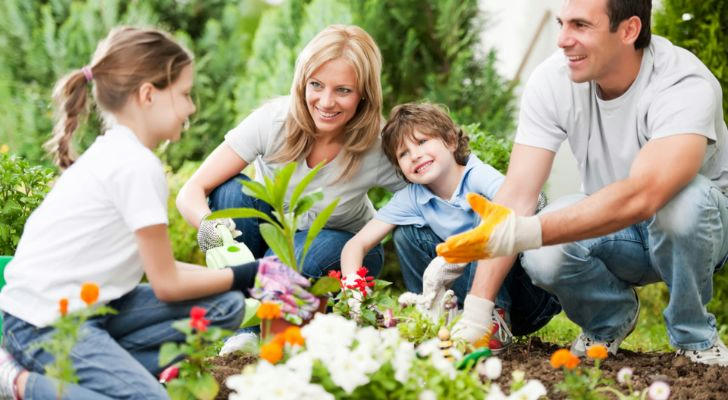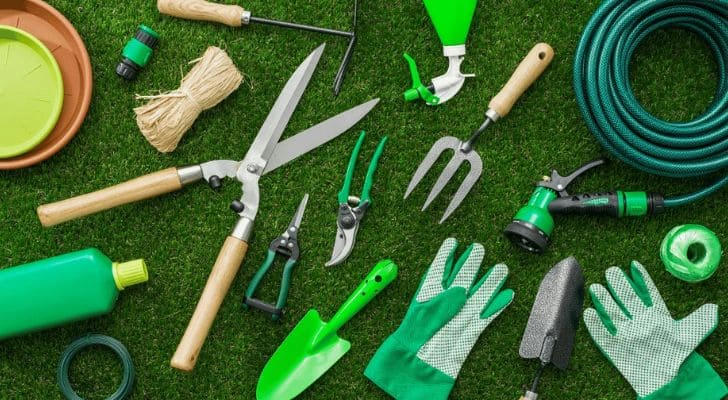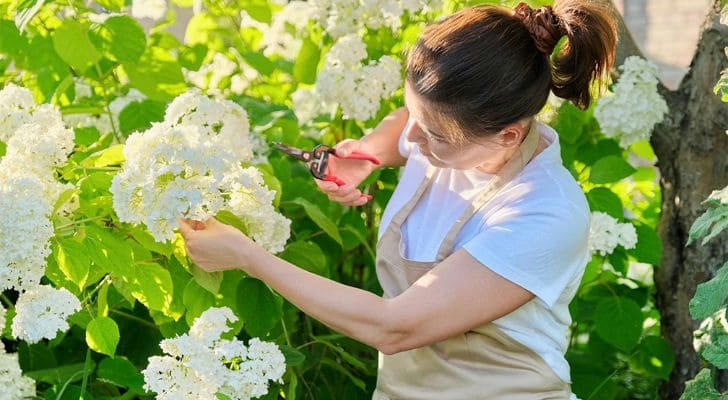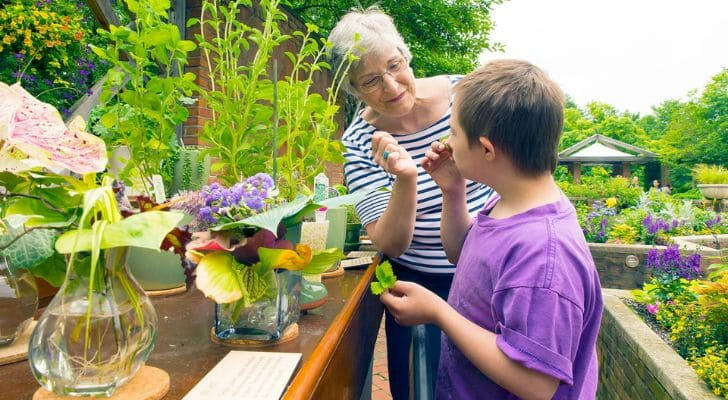Gardening for Families: Creating a Green Oasis at Home
Introduction
In the United States, family gardening is more than just a hobby—it's a way of life. It reflects Americans' love for nature and their pursuit of a high quality of life. According to the National Gardening Association, over 70% of American households engage in gardening activities. Gardening not only beautifies the home environment but also brings health and joy to families. For example, in urban areas like New York City, community gardens have become popular spaces where residents can grow their own vegetables and flowers, fostering a sense of community and connection to nature.

Getting Started with Family Gardening
Choosing the Right Gardening Space
Whether you live in a suburban home with a spacious backyard or in a city apartment, you can find a suitable space for gardening. If you have a yard, consider planning a vegetable garden or flower bed. For example, many families in California use their backyards to grow tomatoes and herbs, which they then use in their daily cooking. If space is limited, balconies, windowsills, or even indoor corners can become your mini-garden. In Chicago, many apartment dwellers use vertical gardens on their balconies to grow a variety of plants.
Essential Tools and Materials
To start gardening, you need some basic tools:
Trowels and watering cans: For planting and watering.
Pots and soil: Choose pots with good drainage and soil suitable for plant growth.
Recommended plants: Pothos, succulents, and tomatoes are ideal for beginners. They are easy to care for and can add vitality to your home. For example, succulents can thrive in small pots on windowsills and require minimal watering.

Simple Planting Steps
Choose a pot with drainage holes.
Fill it with an appropriate amount of soil, leaving space for the plant.
Gently place the plant in the pot and fill the gaps with soil.
Water until the soil is moist but not waterlogged.
Place the plant in a sunny spot and water regularly. For example, if you're planting basil, ensure it gets at least 6 hours of sunlight per day.
Basic Gardening Skills
Watering and Fertilizing
Different plants have different water and nutrient requirements. Generally, keep the soil moist but avoid overwatering. For example, succulents need less water, while pothos prefers slightly moist soil. For fertilizing, organic options like chicken manure or fish emulsion can provide rich nutrients for your plants. Many gardeners in the Pacific Northwest use compost made from kitchen scraps to enrich their soil.
Pruning and Shaping
Pruning not only keeps plants looking neat but also promotes healthy growth. Regularly trim dead leaves and branches to help the plant focus its energy on new growth. For example, pruning rose bushes in early spring can encourage more blooms and stronger growth.

The Joys of Family Gardening
Gardening with Kids
Gardening is a fantastic way to bond with your children. Many American families spend weekends together planting vegetables or flowers, allowing kids to observe the growth process. For example, in Austin, Texas, parents often involve their children in growing sunflowers, which are easy to care for and provide a sense of accomplishment when they bloom. This not only sparks their curiosity but also teaches them responsibility.
Benefits of Gardening
Gardening beautifies your environment and offers many benefits. It can relieve stress and provide a sense of calm in a busy life. A study by the University of Michigan found that gardening can reduce symptoms of depression and anxiety by up to 40%. Additionally, growing your own vegetables and herbs provides fresh ingredients for your kitchen, which is both healthy and eco-friendly.
Common Issues and Solutions
Pest and Disease Control
When dealing with pests and diseases, try natural methods first. For example, spraying soapy water on leaves can deter aphids, and planting mint can keep ants away. If the problem persists, consider using eco-friendly pesticides. In Florida, many gardeners use neem oil to control pests without harming beneficial insects.
Plant Growth Problems
If your plants have yellow leaves or are wilting, it might be due to overwatering or insufficient light. Check the soil moisture, adjust your watering schedule, and ensure your plants get enough sunlight. For example, if your tomato plants are wilting, it could be due to too much water. Try reducing watering frequency and ensuring good drainage. If the problem continues, consult a gardening expert or refer to gardening resources.

Conclusion
In the United States, gardening is a simple and rewarding hobby that can bring endless joy and satisfaction to your life. No matter how much space you have or whether you are a beginner or an experienced gardener, you can enjoy the fun of gardening. Start today and add a touch of green to your home! By following these steps and tips, you'll be well on your way to creating a beautiful and thriving garden.
